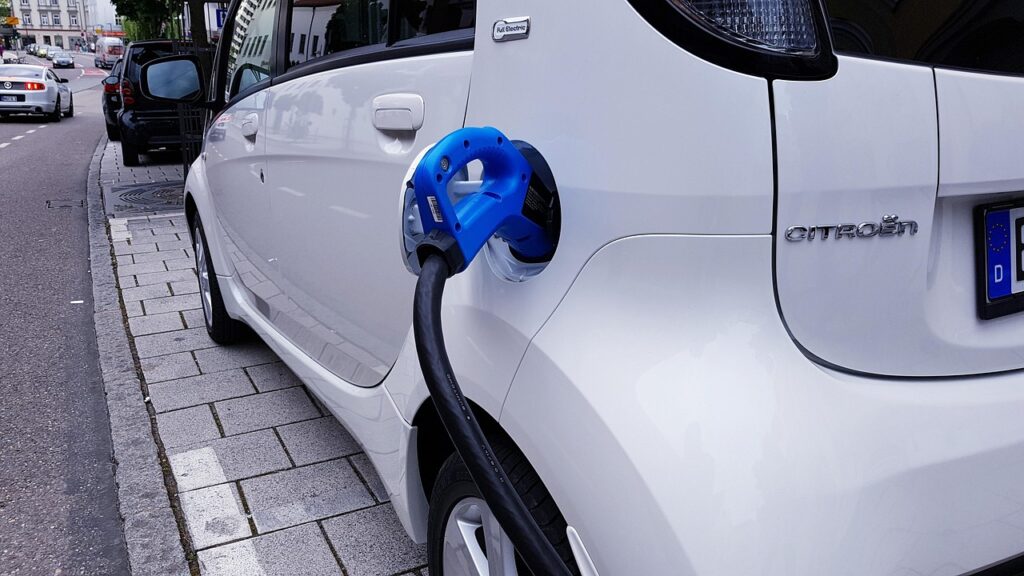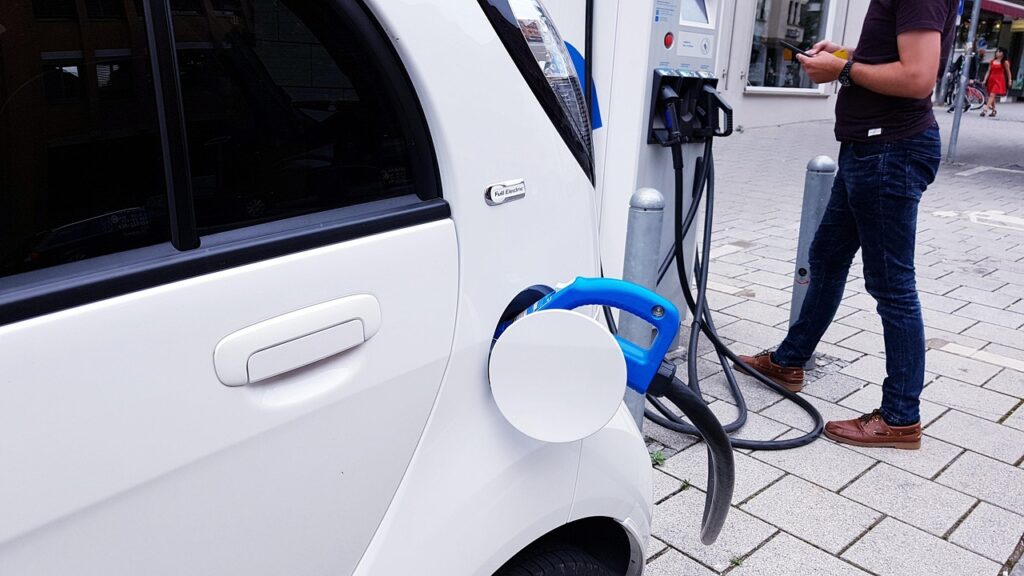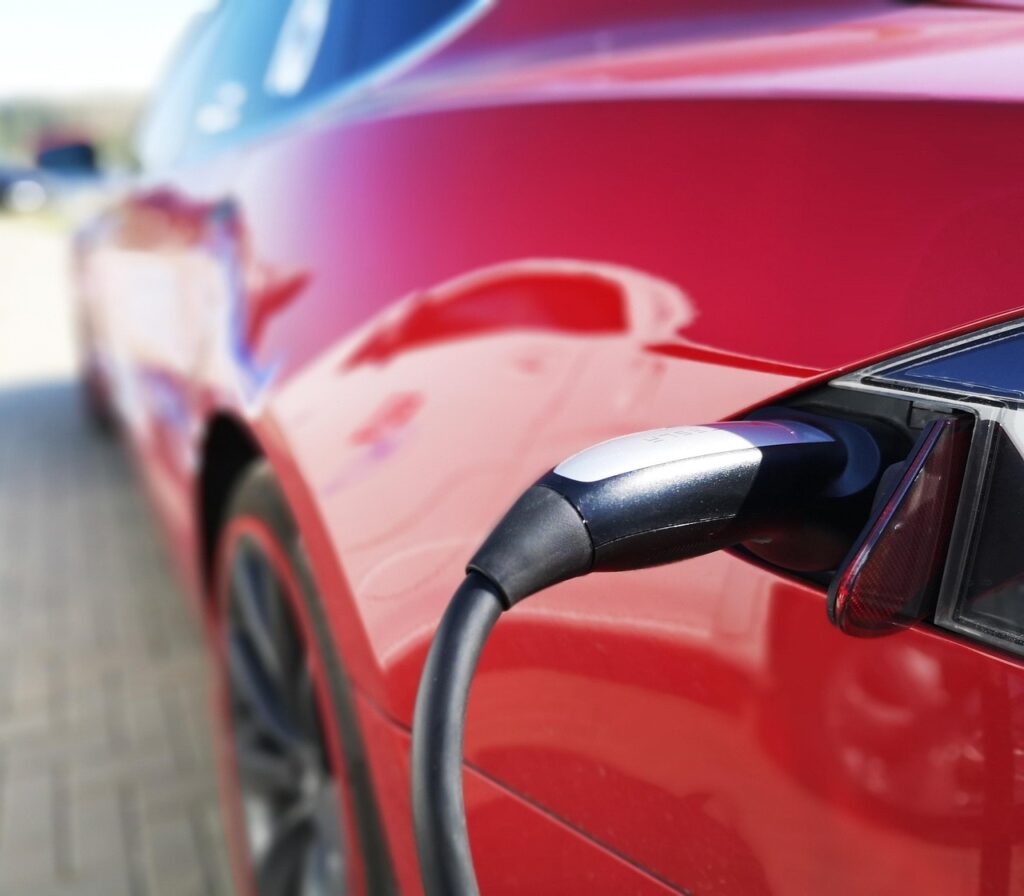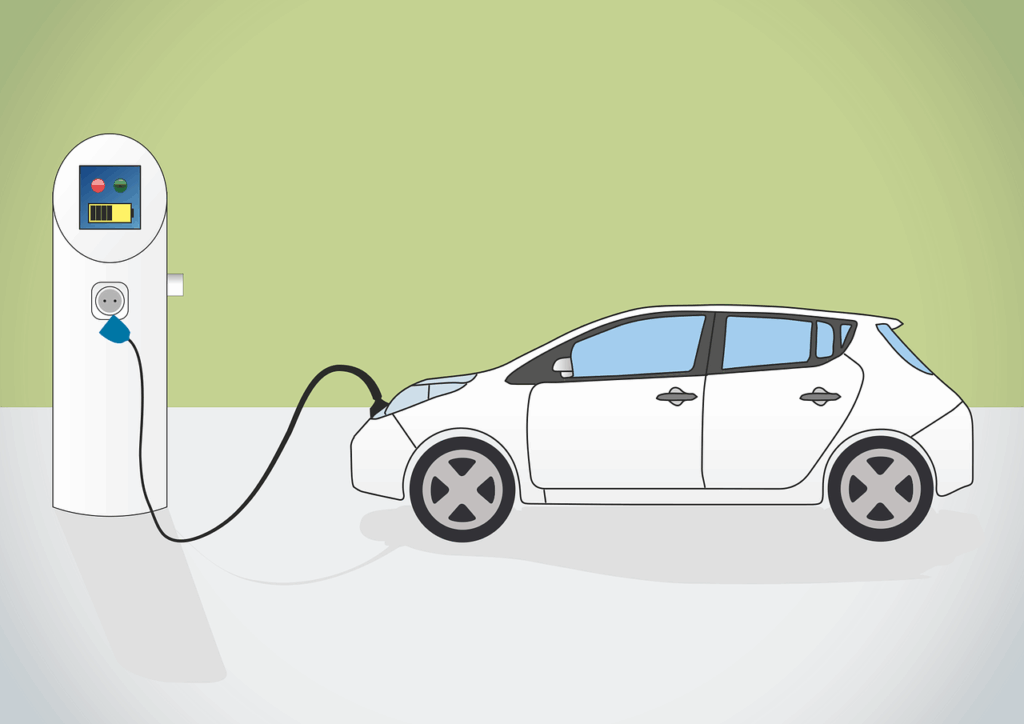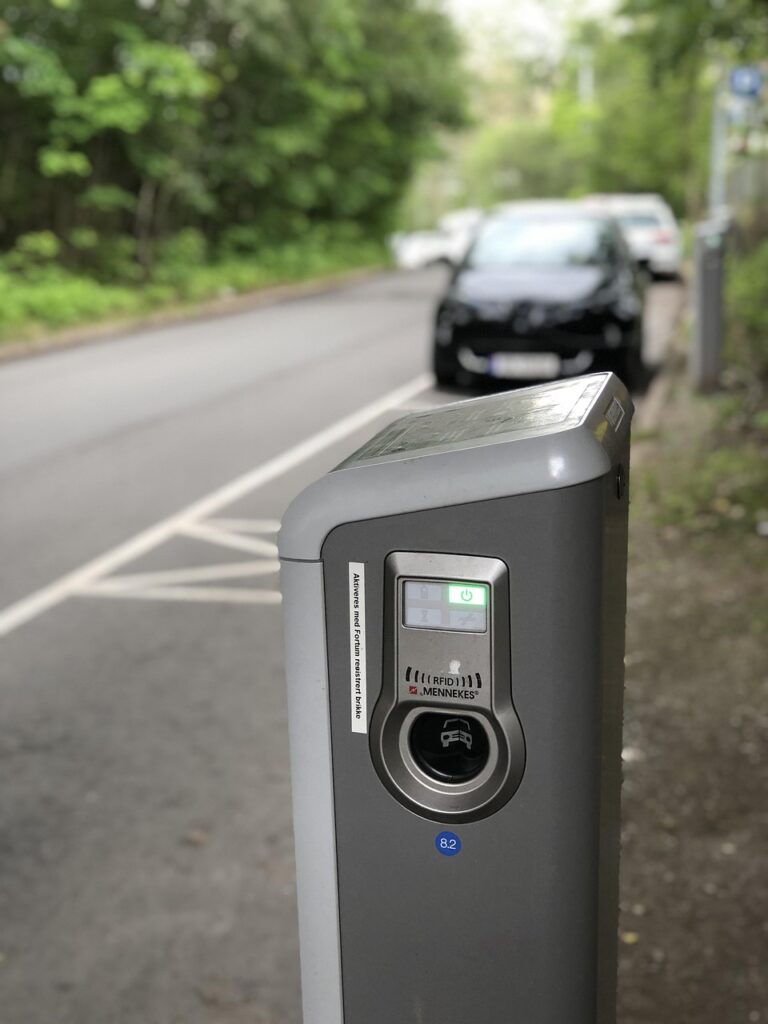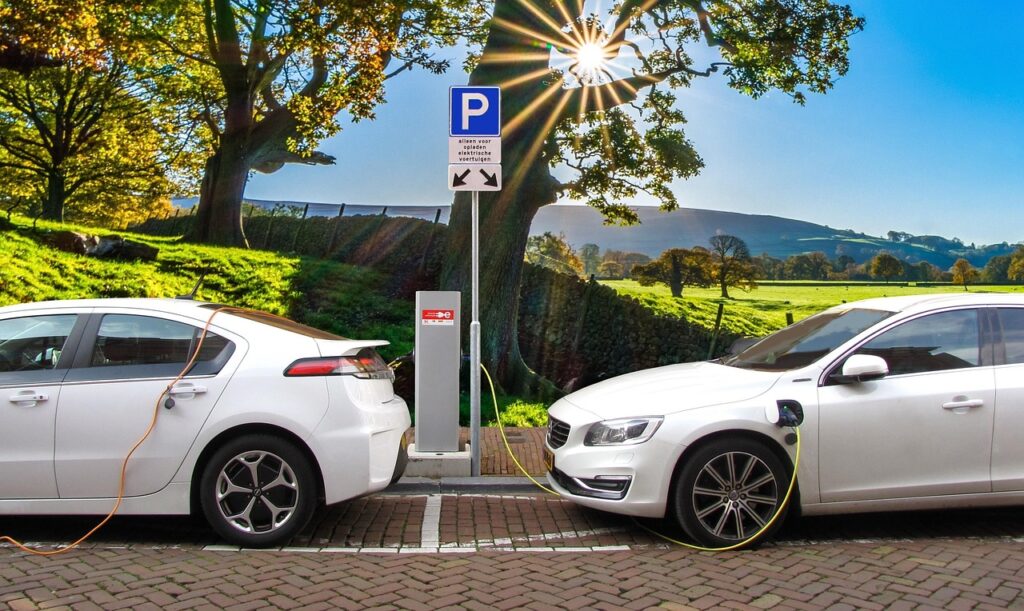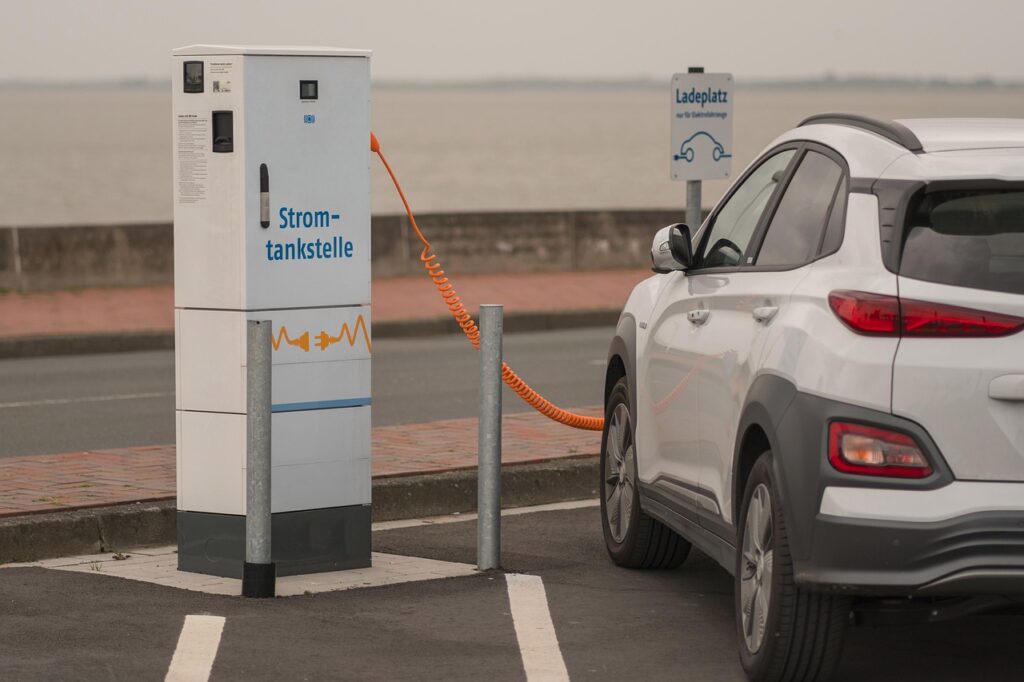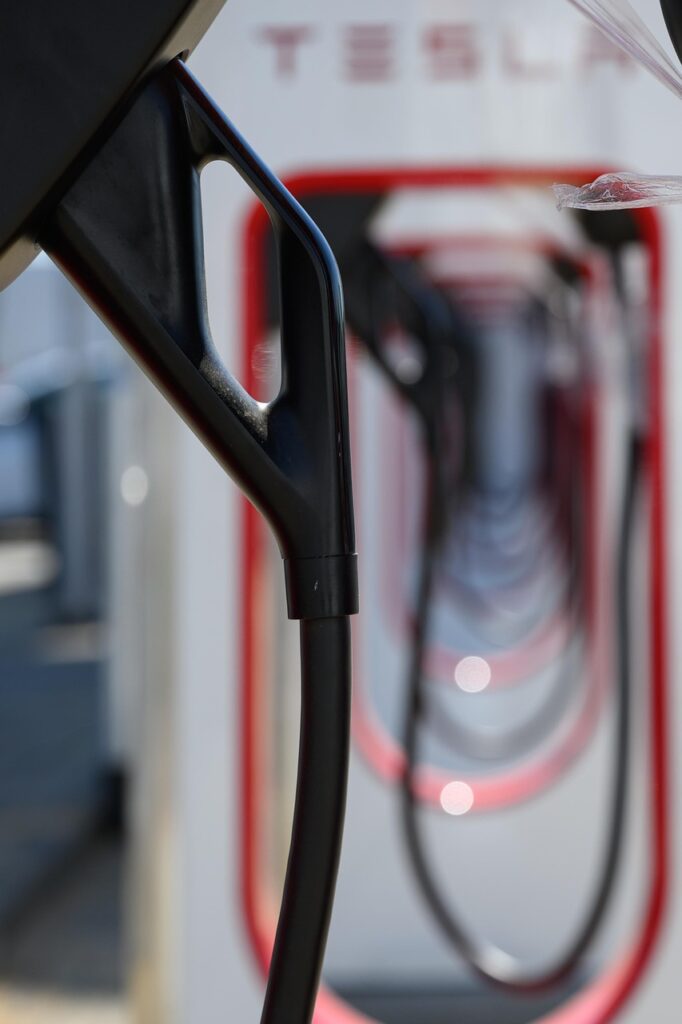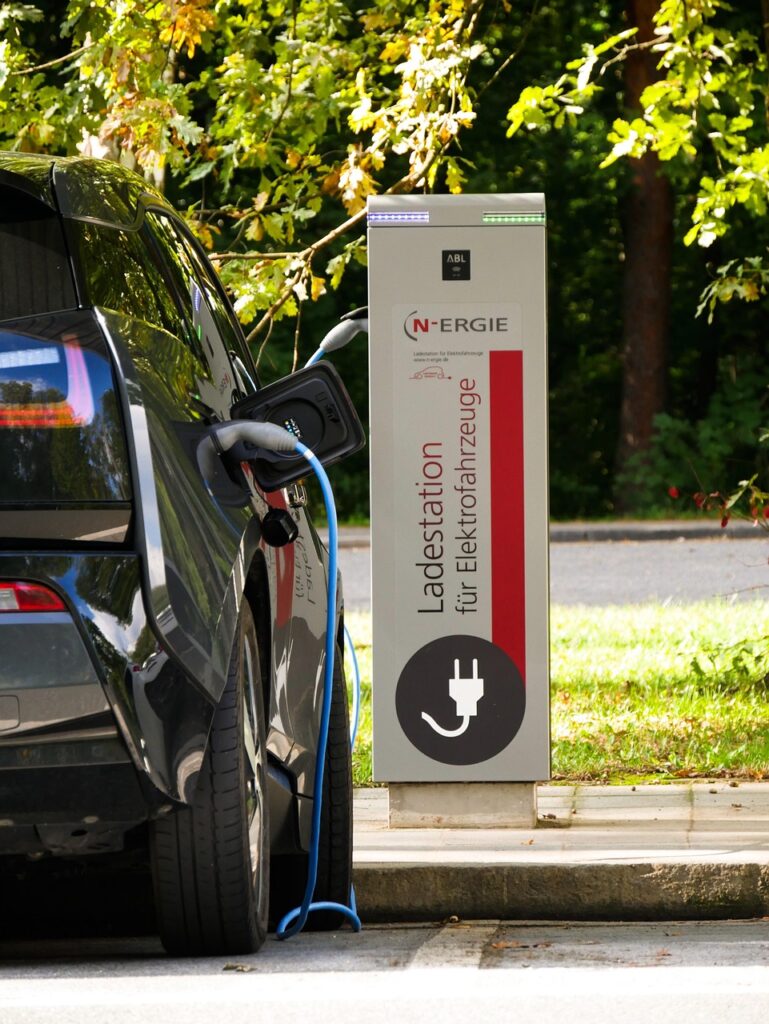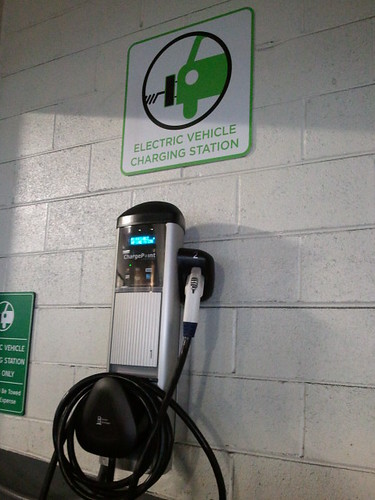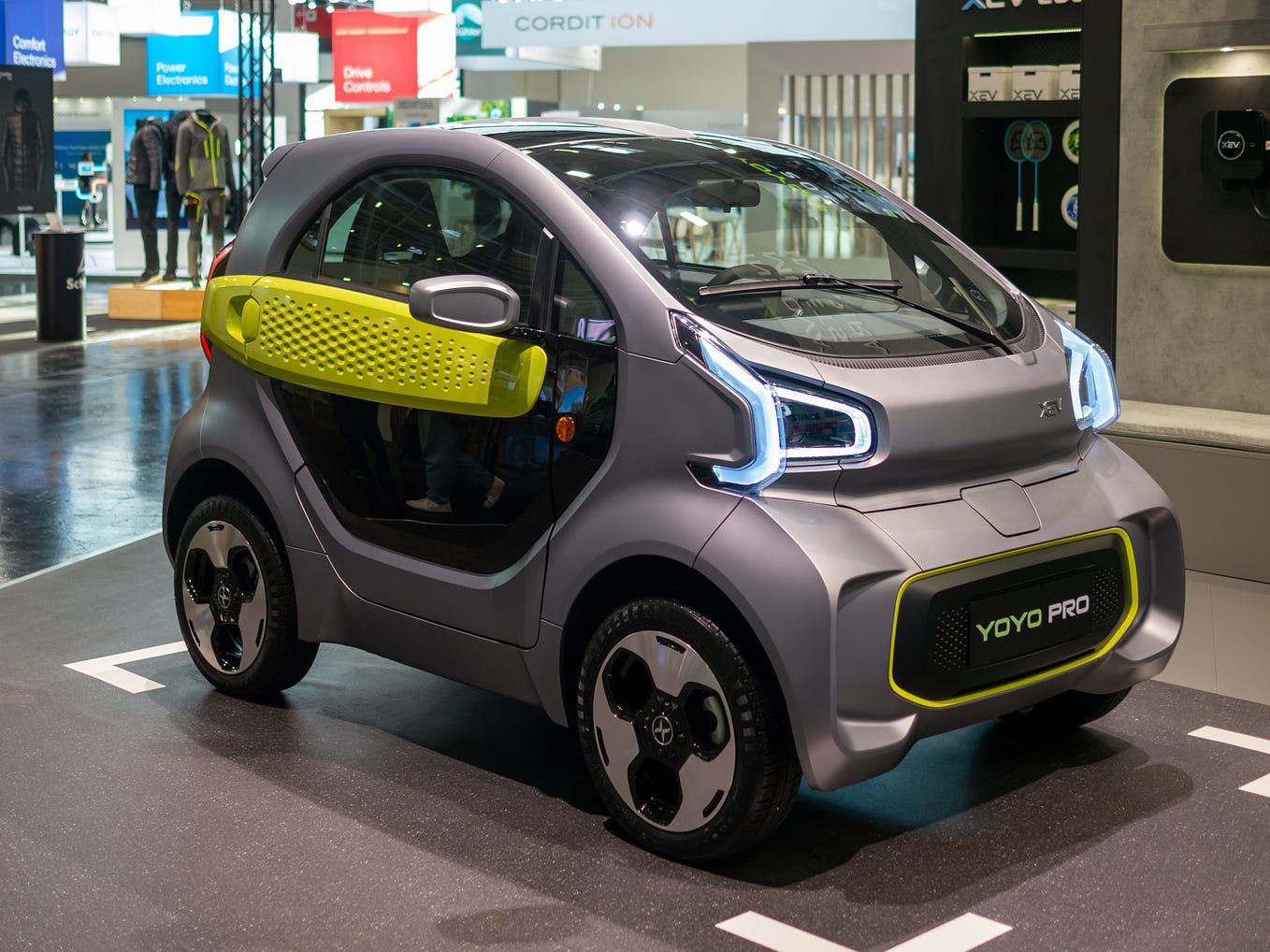
The future isn’t just bright—it’s electrifying! With electric vehicles (EVs) zipping into the mainstream at an unprecedented rate, the infrastructure supporting them is undergoing a radical transformation. We are standing at the dawn of an exhilarating new era for EV charging, a period characterized by swift innovation, strategic investment, and a collective push towards a seamlessly integrated, high-speed charging experience. As we delve into 2025, the landscape of EV charging is no longer a niche experiment; it’s a foundational cornerstone of modern transportation, charging full speed ahead into the future.
This maturation phase, aptly dubbed “Charging 2.0,” signifies a crucial pivot where the focus shifts beyond mere quantity to a profound emphasis on station design, unwavering reliability, superior customer experience, and robust scalability. The advancements are not uniform, with varying speeds of adoption and investment observed across different global geographies. From the bustling highways of the U.S. to emerging markets in Asia, stakeholders are collaboratively dismantling the proverbial “chicken-and-egg problem” between vehicles and chargers, ensuring that the growth of both elements is intertwined and mutually reinforcing.
In this in-depth exploration, we will unpack the monumental strides being made in EV charging infrastructure, particularly focusing on how 2025 is reshaping charging speeds and accessibility. We’ll examine the forces driving this rapid evolution, from technological breakthroughs to strategic partnerships and governmental interventions. Our journey begins with a close look at the North American charging revolution, then broadens to encompass global dynamics, revealing a future where fast, convenient, and reliable EV charging is not just an aspiration, but the new norm.
1. **Rapid Growth of DC Fast Charging in the U.S.**The United States is witnessing an impressive surge in its DC fast charging (DCFC) infrastructure, a testament to the accelerating pace of EV adoption and strategic investments. New data collected by Paren reveals that the deployment of new fast charging ports and stations is firmly on a growth trajectory. For 2025 alone, an estimated 16,700 new DCFC ports are predicted to open across the U.S., marking a substantial 16% year-over-year increase. This expansion is critical as roughly 2.5 million new fully electric vehicles are projected to be purchased between 2024 and 2025, significantly intensifying the demand for accessible charging solutions.
This growth is not merely a projection but a current reality, with Q2 2025 showing a robust expansion. The U.S. successfully added 4,242 new DC fast-charging ports across 784 stations in just this quarter. This represents a remarkable 23.3% quarter-over-quarter increase, elevating the national total to approximately 59,700 ports at 11,687 stations. Such aggressive growth is a clear indicator that site hosts are actively responding to what drivers truly need: more chargers, larger charging sites, and, crucially, faster charging capabilities.
Looking further ahead, the projections remain equally ambitious and reassuring for EV drivers. By 2027, the U.S. is predicted to have a total of 100,000 DCFC ports available. This figure represents a doubling of the number of ports that were available in 2024, signaling a profound commitment to establishing a comprehensive and robust fast-charging network. This extensive build-out is essential not only for personal EV owners but also for the rapidly expanding segment of rideshare drivers who are adopting EVs at a fast-growing rate, driving an outsized growth in charging sessions.
The shift towards larger charging sites is also a notable trend, with major charge point operators (CPOs) now opening or expanding existing sites to include more ports. It is becoming increasingly common to see sites offering 8 to 12 or even more ports, reflecting the DCFC market’s evolution to support increased speed, greater scalability, and the anticipated future demand. New CPOs entering the market, such as IONNA, Mercedes-Benz High Power Charging, Walmart, and BP Pulse, are notably averaging 10 ports at their newly established sites, indicating a clear industry standard for robust capacity right from the outset.
Read more about: 11 Things EV Owners Really Wish You’d Stop Asking Them About Range: Debunking the Myths of Electric Mobility
2. **Dominance of High-Power Chargers in New Deployments**The emphasis on speed in the evolving EV charging landscape is unequivocally evident in the power levels of newly deployed direct current fast charging (DCFC) dispensers. The Q2 2025 data paints a clear picture: a remarkable 63% of all DCFC dispensers deployed during this period were rated at 250 kW or higher. This statistic underscores a significant industry-wide pivot towards ultra-fast charging capabilities, directly addressing one of the primary concerns of prospective EV owners—charging duration.
Beyond the 250 kW threshold, many prominent charge point operators (CPOs) are pushing the boundaries even further. These operators are actively deploying chargers with power levels reaching 350 kW or even an astounding 400 kW. Such high-output hardware signifies a rapid consolidation in the fast-charging market around solutions that prioritize raw speed and the ability to replenish an EV’s battery in remarkably short periods. This mirrors the global trend where ultra-fast chargers are capable of providing 100km of range in as little as five minutes, a crucial development for reducing perceived range anxiety and making long-distance EV travel more convenient.
This strategic focus on high-power chargers is not merely about achieving impressive numbers; it’s a foundational element of the “Charging 2.0” era. While lower-power chargers retain their utility for long-dwell use cases, the rapid growth in EV adoption necessitates infrastructure that can deliver quick turnarounds, especially for drivers on the go or commercial fleets. The deployment of these powerful chargers at larger sites with multiple ports ensures that drivers can not only find a charger but also experience charging speeds that significantly enhance their overall electric vehicle experience, making it more competitive with traditional refueling.
The push for these advanced charging technologies extends beyond individual vehicles to heavy-duty applications. Megawatt-scale chargers, for instance, are now specifically designed to cater to heavy-duty trucks, packing a massive 3.75 MW punch. This segment of the market underscores the industry’s commitment to providing comprehensive, high-speed charging solutions across the entire spectrum of electric transportation, ensuring that even the largest EVs can be efficiently powered, thus driving broader electrification efforts across various sectors.

3. **Improving Charging Station Uptime and Reliability**Beyond mere availability and speed, the reliability of EV charging stations is paramount to fostering widespread consumer confidence and accelerating adoption. The good news for EV drivers is that charging infrastructure is not just growing and getting faster; it’s also becoming significantly more reliable. The rising prevalence of high-power stations, coupled with increased redundancy from a greater number of total chargers, directly contributes to an easier ability to find working chargers, which in turn boosts overall uptime.
Paren’s U.S. Reliability Index provides tangible evidence of this improvement, showing a commendable rise of 5.3% year over year. This positive trend signals enhanced station uptime, attributed to strategic upgrades in infrastructure and the proactive replacement of older stations with more robust and advanced models. These efforts are crucial because, as the “Charging 2.0” era emphasizes, reliability, alongside design and customer experience, forms the bedrock of a truly mature and effective charging ecosystem.
The emphasis on uptime and support is echoed directly by survey respondents in the “state of EV charging networks and services—2025 edition” report. A striking 91% of all respondents rated uptime as “somewhat” or “very important,” closely followed by support at 89%. This highlights that while advanced technology is essential, the fundamental expectation of a functional and accessible charger remains paramount. For workplaces, this emphasis is even more pronounced, with 94% rating support as the most important factor, 52% of whom considered it “highly important.”
Ultimately, a reliable charging network means less anxiety for drivers and greater operational efficiency for businesses. The continuous improvement in station uptime, driven by upgraded infrastructure and operator commitment, ensures that the growing number of EVs on the road can depend on a consistent and trustworthy power source. This foundational element of reliability is indispensable as the industry scales to meet the accelerating demand for electric vehicles, underpinning the entire move towards sustainable transportation.
Read more about: Navigating the Electric Highway: Unveiling the Smoothest EV Charging Experiences and Fastest Vehicles
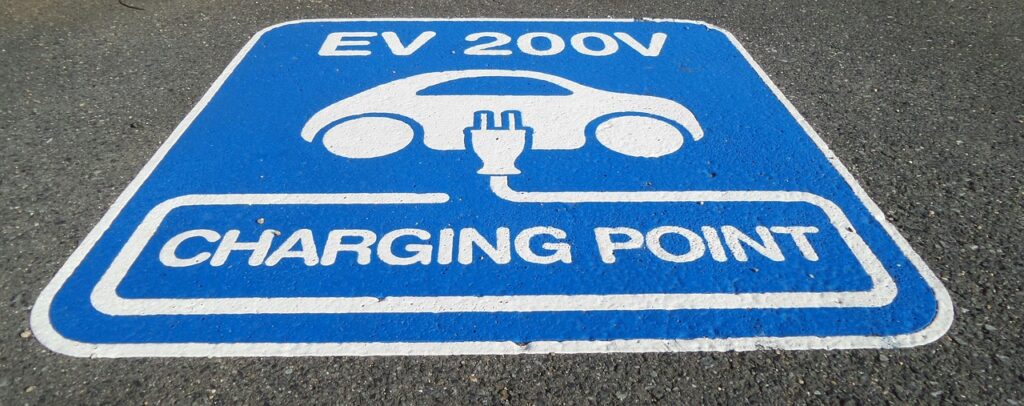
4. **Evolving Pricing Strategies and Driver Benefits**The financial aspect of EV ownership, particularly charging costs, is a significant consideration for many drivers. Encouragingly, 2025 is bringing about positive shifts in charging station pricing trends, ultimately benefiting EV drivers and making electric vehicle ownership even more advantageous compared to the cost of gasoline. A key highlight from Q2 2025 data is the national average cost per kWh dropping from $0.50 in Q1 to $0.48, a welcome reduction that directly impacts drivers’ wallets.
This reduction is largely attributable to the increased adoption of time-of-use (TOU) pricing models. In Q2 alone, 366 stations made the switch from fixed pricing to TOU pricing, allowing drivers to benefit from lower rates during off-peak hours. Approximately one-third of these transitions occurred in California, a state known for its progressive EV policies and high adoption rates. TOU pricing empowers drivers to charge when electricity demand (and often cost) is lower, optimizing their charging schedules for affordability and also helping to balance grid demand.
While the national trend saw a decrease, it’s worth noting that pricing adjustments are dynamic and can vary regionally. Approximately 29% of all stations adjusted their pricing in Q2. In California, for instance, stations that changed rates experienced an average price increase of 3 cents. This nuanced picture reflects the complex interplay of local energy markets, regulatory frameworks, and operational costs. However, the overarching trend indicates a move towards more flexible and driver-centric pricing mechanisms, often aligning consumer behavior with grid capacity, as seen with time-of-day electricity tariffs introduced in some Indian states like Maharashtra and Delhi to encourage off-peak charging.
The ability to lower fuel costs was also a significant motivator for those adopting electrification, with 52% of respondents in the “state of EV charging networks and services—2025 edition” survey reporting this as a key benefit. This financial advantage, combined with the convenience and environmental benefits, reinforces the growing appeal of EVs. As pricing strategies continue to evolve, with a greater emphasis on efficiency and driver choice through models like TOU, the economic case for switching to electric vehicles becomes increasingly compelling across diverse regions.
Read more about: Beyond the Showroom: 14 Transformative Digital Shifts Reshaping Car Dealerships by 2035
5. **The Dawn of the “Charging 2.0” Era**Paren describes the current period as the dawn of “Charging 2.0,” a significant maturation phase in the electric vehicle charging industry. This era marks a fundamental shift where the focus transcends merely deploying chargers to emphasizing critical elements such as station design, unwavering reliability, superior customer experience, and robust scalability. It’s a recognition that the foundational infrastructure must not only exist but must excel in performance and user satisfaction, moving beyond early-stage reliance on subsidies or incentives to standing firmly on its own merits.
This maturation is being driven by smart design principles, increased operational reliability, and the expertise of seasoned charge point operators (CPOs). Large retailers, major automakers, and established fuel and convenience-store operators are beginning to scale up their investments and plans, with many setting ambitious targets to open thousands of stations across North America by 2030. This broad participation from diverse industries signals a mainstreaming of EV charging, integrating it into existing commercial models and consumer habits.
Crucially, “Charging 2.0” is characterized by a rapid consolidation of the fast-charging market around high-output hardware. As previously noted, 63% of DCFC dispensers deployed in Q2 2025 were 250 kW or more, with many larger CPOs installing 350 kW or 400 kW chargers. This high-power focus supports the twin goals of speed and scalability, preparing the network for future demand and ensuring that the charging experience is consistently efficient and quick. The industry is no longer just building; it is building better, smarter, and with the long-term EV ecosystem in mind.
The shift also signifies a move towards a more sophisticated understanding of EV charging as a service. It’s about creating an infrastructure that is intuitive, accessible, and integrated seamlessly into drivers’ lives. This includes advancements like Plug & Charge capabilities, per ISO 15118 standards, which enable automatic authentication and billing without the need for cards or apps. This level of convenience and sophistication is a hallmark of “Charging 2.0,” making the act of charging an EV as effortless and reliable as possible, thereby accelerating mainstream adoption and making the EV experience truly frictionless.
6. **Global Expansion and Regional Disparities in Public Chargers**While the U.S. demonstrates significant progress in its EV charging infrastructure, the global landscape presents a fascinating picture of both rapid expansion and notable regional disparities. By the end of 2024, over 5 million public EV charging stations were operational worldwide, a staggering double the number recorded just two years prior. This exponential growth underscores a global commitment to EV adoption, propelled by surging demand and strong policy pushes, particularly evident in regions like China and Europe.
China, in particular, has emerged as a dominant force in the global charging ecosystem, hosting approximately 65% of all publicly accessible chargers worldwide. This impressive figure is a result of generous government subsidies and strategic partnerships with utilities, enabling a massive and rapid build-out of its charging network. The sheer scale of China’s infrastructure highlights what is achievable with concerted national effort and investment, setting a benchmark for other regions.
In contrast, other significant markets like India, the U.S., and the UK face their own unique challenges, primarily higher EV-to-charger ratios. This indicates that while EV adoption in these regions is accelerating, the deployment of chargers has not kept pace at the same rate as the increase in vehicles. For instance, India, despite allocating ₹20 billion (approximately $240 million) in 2024 to add 40,000 new public EV charging stations, still had about 75,000 public chargers by the end of 2024. The Stated Policies Scenario (STEPS) projects this to grow fivefold to roughly 375,000 by 2030, an ambitious trajectory requiring sustained year-on-year growth of approximately 50,000 units.
Regional variations within countries are also pronounced. Dan Munford, CEO of Insight Research, notes that “In many geographies, we will see markets and even regions moving at different rates of EV adoption and making different levels of investment and strategic change.” He points out that while Asian markets will continue to see fast adoption, most of the U.S. and parts of Europe will move at a slower pace. Even within the U.S., significant differences persist, with California leading the way compared to other states, and within Europe, the Nordics continue their rapid adoption. This complex mosaic of regional progress highlights the need for tailored strategies to ensure equitable and efficient EV infrastructure development worldwide.
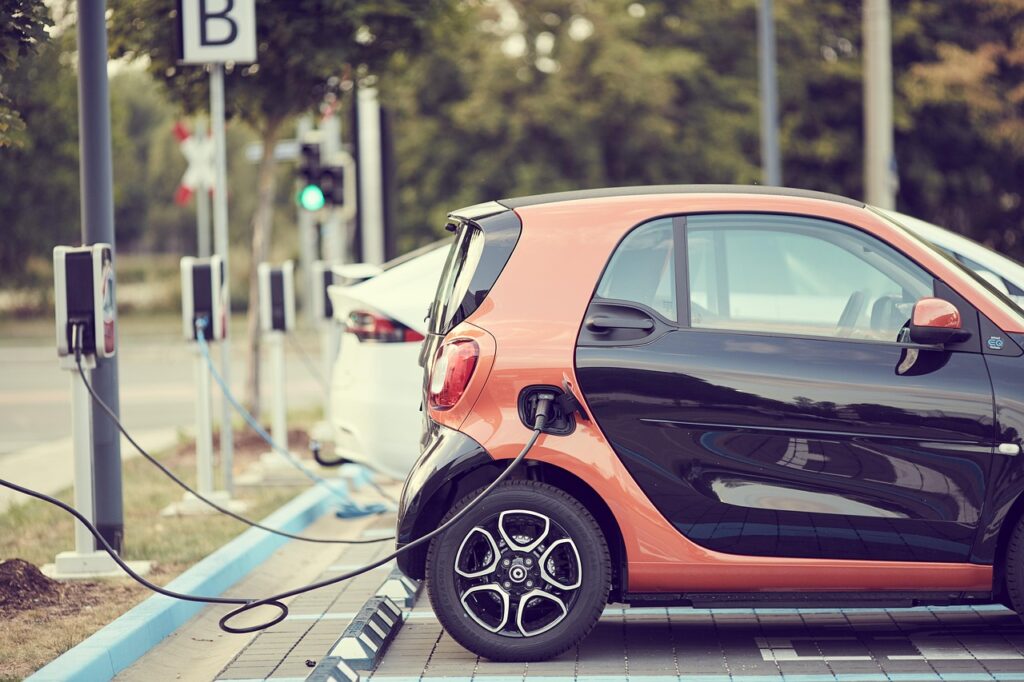
7. **Automakers’ Aggressive Investment in Charging Networks**Automakers (OEMs) recognize that selling electric vehicles is only half the battle; ensuring drivers can effortlessly charge them is the equally critical other half. Consequently, 2024–2025 has seen OEMs investing aggressively in EV charging stations, technology standards, and strategic partnerships, all aimed at making charging faster, more accessible, and more seamless for their customers. This proactive approach underscores a fundamental shift in responsibility, where automakers are now viewing charging infrastructure as a competitive necessity and a core component of the EV ownership experience.
Tesla famously pioneered this model with its global Supercharger network, setting a high bar for proprietary charging. Now, other major automakers are following suit, often through collaborative ventures. In North America, a significant joint venture was launched in 2023 by seven major automakers—BMW, GM, Honda, Hyundai, Kia, Mercedes-Benz, and Stellantis. Their ambitious plan is to install over 30,000 high-powered chargers across the U.S. and Canada, with the first stations having opened in 2024. Crucially, these new stations are designed to offer both CCS and Tesla’s North American Charging Standard (NACS) connectors, aiming for broad interoperability.
A pivotal development in standardization has been the widespread adoption of Tesla’s NACS connector. By late 2023, nearly every major automaker had agreed to integrate NACS. Starting in 2025, new models from Ford, GM, Mercedes, Honda, and others will include NACS ports, granting native access to Tesla’s extensive Supercharger network. This convergence on a common standard is a game-changer for driver convenience, reducing confusion and expanding access to a vast, reliable charging ecosystem across the region.
Beyond building their own networks, OEMs are also heavily engaged in partnerships to accelerate deployment. Mercedes-Benz, for example, is collaborating with ChargePoint and the energy firm MN8 to deploy thousands of ultra-fast chargers in the U.S., part of its broader global strategy for 10,000 chargers by 2030. Similarly, Shell and BP are making substantial investments, with Shell targeting 2.5 million chargers by 2030. These collaborations blend the customer reach of automakers with the infrastructure expertise of charging operators and energy firms, often leveraging public grants to speed up deployment and collectively push towards a more robust and unified charging future.
As the electric vehicle revolution accelerates, the tentacles of its essential charging infrastructure are reaching into every corner of our society, transforming not just individual mobility but also the very fabric of our public and commercial spaces. The next wave of innovation in 2025 is being propelled by strategic foresight and technological breakthroughs, ensuring that EV charging is not merely an amenity but a seamlessly integrated, intelligent, and ubiquitous service. From major transportation hubs to sophisticated energy grids, diverse stakeholders are actively shaping a future where charging is intuitive, efficient, and deeply woven into our daily lives.
Read more about: The Shifting Landscape of Mobility: How Car Subscription Services Are Reshaping Driving for Americans
8. **Strategic Role of Airports in Accelerating EV Charging Infrastructure**Airports, often bustling microcosms of urban life, are emerging as surprisingly pivotal players in the expansion of EV charging infrastructure. With millions of travelers, rental cars, taxis, and employees passing through their gates annually, major airports are making EV charging a priority. This focus aligns perfectly with both their customer service commitments and their broader sustainability goals, with the airport EV charging market itself projected to reach a staggering $4.1 billion by 2031.
The global landscape shows a significant scaling up of chargers specifically for travelers. Most large airports in the United States, which boasts over 5,000 public airports, now provide EV charging stations in at least one parking facility. Globally, the number of airport-based chargers effectively doubled from approximately 1,500 units in 2022 to about 3,000 units by 2024, according to industry estimates. This robust growth, however, still often struggles to keep pace with demand, prompting airports to strategically expand installations in long-term parking lots, garages, waiting areas, and vital rental car centers.
Beyond individual travelers, airports are proactively building dedicated charging hubs to support electric taxis and ride-hail vehicles. A prime example is New York’s JFK Airport, which in late 2024 unveiled a new fast-charging site equipped with 24 DC fast chargers in its for-hire vehicle lot, effectively doubling JFK’s EV charging network capacity. Similarly, LaGuardia Airport is in the process of constructing an impressive 48-port facility specifically designed for Uber, Lyft drivers, and traditional taxis. These high-powered stations are crucial, enabling commercial drivers to quickly recharge between trips, a necessary step as cities worldwide, from Los Angeles to Oslo, work towards electrifying their taxi fleets and designating areas for zero-emission vehicles.
Furthermore, airports are not just catering to external traffic; they are aggressively electrifying their own operational fleets. Ambitious pledges have been made to convert their ground service equipment and internal vehicle fleets to electric by 2030. For instance, New York’s JFK, LaGuardia, and Newark airports collectively boast over 1,400 electric ground service vehicles already in use, supported by more than 775 dedicated charging points. Spain’s AENA, which manages major airports like Madrid and Barcelona, plans to install 250 airside EV chargers by 2026 and expand to approximately 890 by 2030, all to power its expanding electric fleet. These initiatives not only significantly reduce emissions but also position airports as crucial test beds for high-power charging management solutions.
The business case for airport EV charging is increasingly robust. While initially many airports offered free charging as an incentive, paid models are rapidly gaining traction, transforming charging into a significant revenue stream. The projected $4.1 billion market by 2031 clearly indicates that private firms and investors recognize the profitability of these installations. Partnerships with private operators, exemplified by JFK’s collaboration with Revel, help airports manage costs, streamline charging services, and meet their broader environmental objectives, including vital sustainability certifications and carbon accreditation.
Read more about: Why Your Road Tax Is Set to Double: An In-Depth Look at America’s Infrastructure Funding Crisis
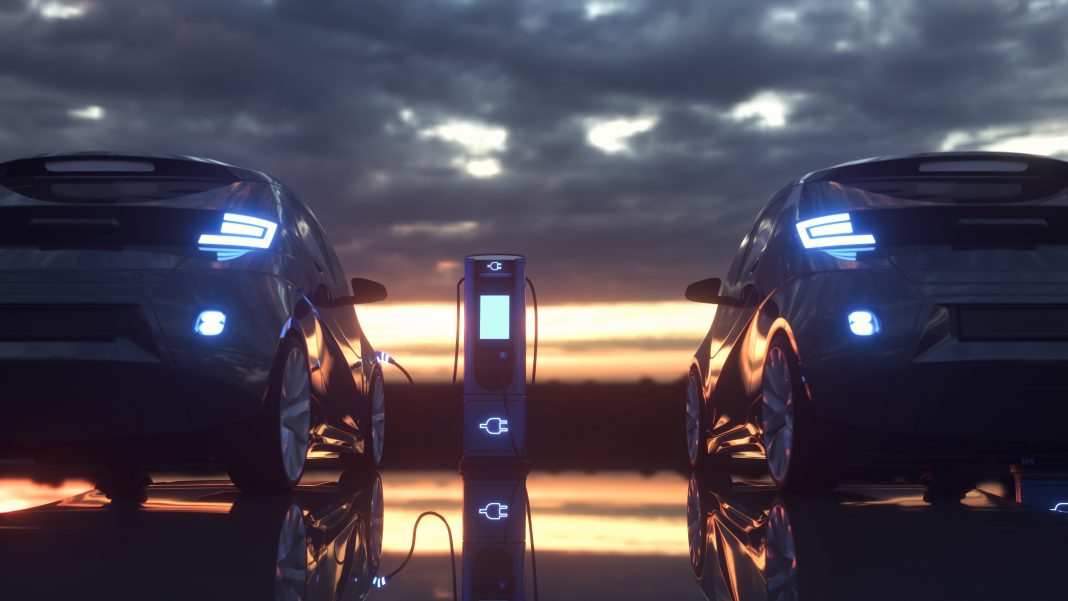
9. **Governments’ Pivotal Role in Scaling Up EV Charging Infrastructure**Governments worldwide are acknowledging that market forces alone will not be sufficient to build EV charging infrastructure at the necessary speed or in all the right locations. Consequently, they are playing a truly pivotal role in accelerating its scale-up, recognizing the strategic importance of a robust charging network for national and regional electrification goals. This commitment is manifest through massive public investments and comprehensive policy frameworks.
Significant public funding initiatives are propelling this expansion. The United States, for instance, has launched a substantial $5 billion National EV Infrastructure (NEVI) program, specifically targeting highway fast chargers. Across the Atlantic, the European Union is channeling billions of euros from its Alternative Fuels programs into charging stations throughout its member states. China, which already hosts a remarkable 65% of the world’s publicly accessible chargers, achieved this dominance through a combination of generous government subsidies and strategic partnerships with utilities. India has also allocated ₹20 billion (approximately $240 million) in 2024, funding the addition of 40,000 new public EV charging stations to strengthen its network.
Beyond financial commitments, policymakers are setting concrete and ambitious targets to ensure chargers are distributed widely and equitably. The EU’s new Alternative Fuels Infrastructure Regulation (AFIR) mandates the installation of one 150 kW fast charger every 60 km on core European highways by 2025. The United Kingdom is aiming for 300,000 public chargers by 2030, while California targets 250,000 chargers by 2025. These clear mandates are crucial for ensuring broad geographic coverage and preparing for the eventual phase-out of gasoline-powered vehicles.
Governments are also actively enforcing standards for reliability and interoperability, recognizing that a fragmented or unreliable network can hinder adoption. In the U.S., federal funding programs require that publicly funded chargers support both CCS and NACS plugs, while Texas even mandates NACS on state-funded chargers. Similarly, the EU requires transparent pricing, common payment methods, and real-time data on charger availability, alongside evolving building codes that ensure new constructions are designed to be EV-ready from the outset.
Encouraging public-private partnerships and reforming utility regulation are further government strategies. Utilities often need regulatory approval to invest in charging infrastructure, and in many U.S. states, Public Utility Commissions (PUCs) have approved utility programs to build out infrastructure or offer rebates for home charger installations, deeming them beneficial for public interest. California and New York have already approved hundreds of millions of dollars in utility-led programs. In India, Distribution Companies (DISCOMs) are being guided to support charging infrastructure and streamline grid connections, with the 2025 policy framework suggesting DISCOMs could act as nodal agencies. Some Indian states, like Maharashtra and Delhi, have even introduced time-of-day electricity tariffs to encourage off-peak charging, aligning consumer behavior with grid capacity.
Localized initiatives by city and regional governments are also playing a significant role. Many cities are adding requirements for new parking lots to include EV charging spots or at least the necessary conduit. Others have streamlined permitting processes, transforming what historically involved dozens of permits and months of paperwork into “one-stop shop” solutions, as seen in places like Amsterdam and Los Angeles. Novel ideas like curbside charging in dense urban environments, often supported by local funds or utilities, are making a big difference for driver convenience, especially for those without private driveways, underscoring the granular yet impactful nature of governmental intervention.
Read more about: BMW Reserves ‘i’ for EVs, Balances Electric Future with ICE Strategy
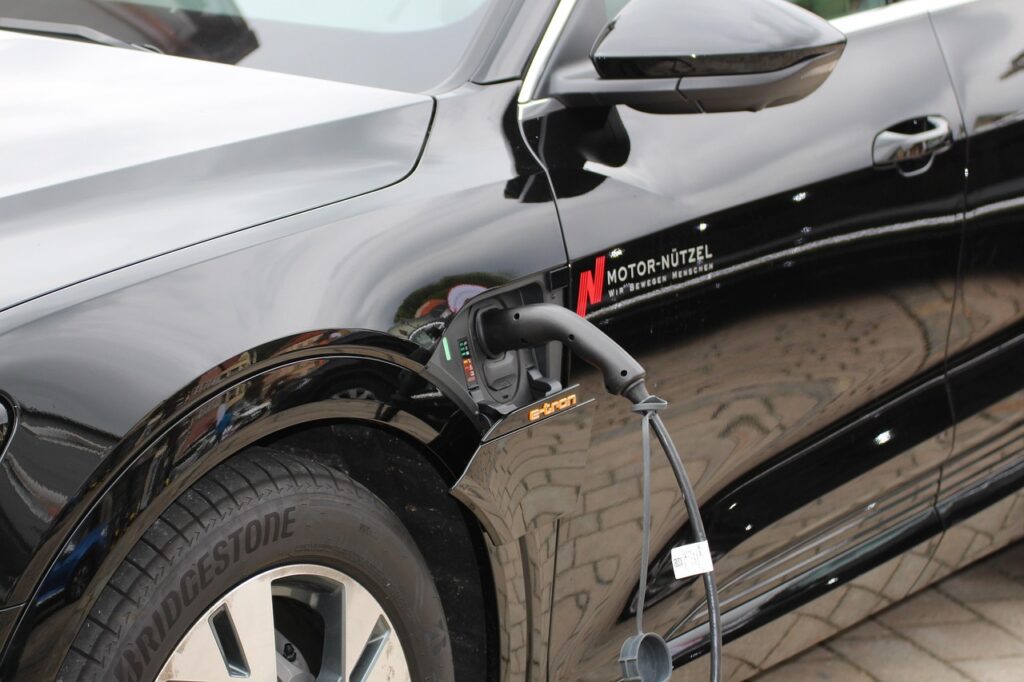
10. **Transformative Impact of AI & Predictive Analytics on Charging**The integration of Artificial Intelligence (AI) and predictive analytics is poised to fundamentally revolutionize EV charging networks, moving them beyond mere power delivery to intelligent, self-optimizing systems. AI algorithms are rapidly becoming instrumental in analyzing real-time data to optimize network performance, balance grid demand, and dramatically enhance the overall driver experience. This technological leap will be pivotal in improving operations, reducing energy costs, maintaining equipment, and bolstering grid reliability in 2025 and beyond.
One of the major ways AI will transform EV charging is through predictive charger maintenance. By analyzing system and sensor data from individual chargers, AI can identify anomalies and predict equipment wear before it leads to failure. These invaluable insights enable Charge Point Operators (CPOs) to create customized maintenance schedules, significantly reducing downtime and extending the longevity of critical charging equipment, thereby ensuring a more reliable network for drivers.
AI is also enabling more sophisticated dynamic pricing models and optimized utilization rates. By analyzing energy demand, grid generation capacity, and user behavior, AI can craft optimal charging schedules that reduce costs for consumers and charging times. It uses load demand forecasts to inform pricing strategies, alleviate congestion at busy charging stations, and decrease stress on the electrical grid. This intelligent optimization also incentivizes off-peak charging behavior, making energy more affordable for EV drivers while simultaneously enhancing grid resilience.
Furthermore, AI facilitates advanced load balancing and seamless grid integration. EVs, when integrated with AI-driven systems, can act as dynamic load balancers. They respond in real-time to fluctuating grid conditions, energy supply, and demand forecasts, effectively mitigating grid imbalances. This capability transforms EVs from simple energy consumers into active participants in grid management, offering significant value to energy stability.
The power of predictive AI extends to personalizing the charging experience. It analyzes a wealth of data including customer insights, grid conditions, real-time weather, and traffic patterns to optimize each driver’s charging schedule. This empowers drivers to effortlessly monitor their sessions and set personalized preferences. Behind the scenes, machine learning algorithms continuously forecast user behavior, delivering valuable long-term insights and refining the charging process by dynamically integrating real-time data on charging conditions, preferences, and load demand, leading to a truly bespoke and efficient experience.
Finally, AI provides data-driven insights that unlock opportunities for better customer engagement and operational efficiency. By analyzing historical data, real-time weather, grid conditions, and individual customer preferences and habits, CPOs can make informed decisions. These insights enhance operational efficiency, prevent congestion, and allow for superior management of peak demand. The granular data also provides game-changing insights into customer loyalty, while the operational benefits allow CPOs to streamline processes, reduce downtime, and optimize energy use, creating a win-win for both operators and drivers.
Read more about: Beyond the Showroom: 14 Transformative Digital Shifts Reshaping Car Dealerships by 2035
11. **Electrification of Commercial Fleets and Optimized Charging Solutions**The shift towards electrification isn’t just for personal vehicles; commercial fleets are rapidly embracing EVs, driven by compelling economic and environmental factors. A recent RMI analysis highlights that, in most cases, the total cost of ownership (TCO) for electric fleet vehicles is either cheaper than or at price parity with their internal combustion engine (ICE) counterparts. As more companies move away from ICE vehicles in 2025 and beyond, we anticipate an accelerated deployment of electric fleets, coupled with a significant increase in technology dedicated to fleet charging optimization.
Addressing the unique pain points of large fleets, smart EV charging and energy management solutions are becoming indispensable. These scalable solutions optimize the use of both private and public charging infrastructure. They enable sophisticated route planning that incorporates EV charging stops, efficient delivery schedules based on Time-of-Use (TOU) rates, real-time charger availability, and overriding business priorities. Furthermore, optimized charging schedules effectively balance load supply, while predictive maintenance capabilities significantly drive down the upfront costs traditionally associated with fleet electrification, making the transition more financially viable.
Support for fleet-specific use cases is also a critical area of development. Fleets electrifying in 2025 require solutions that provide drivers with the flexibility to charge wherever their duties take them. This often means integrating flexible billing into fleet charging technology, allowing companies to seamlessly compensate drivers for charging their vehicles at home or at public chargers. This flexibility ensures that vehicles are consistently topped up and ready for deployment, regardless of where they are parked, enhancing operational efficiency and driver satisfaction.
Crucially, we are observing a growing synergy between fleet telematics and facilities management systems, designed to optimize EV charging processes and proactively address potential equipment failures before they impact operations. By integrating with existing fleet management platforms, fleet operators gain unprecedented control. They can efficiently manage energy for EV charging even with limited on-site capacity and prioritize EV charging according to pressing business needs, driver experience requirements, and other critical operational factors, thereby creating a truly intelligent and responsive fleet ecosystem.
12. **Advanced Energy Management and Renewable Energy Integration at Charging Sites**The future of EV charging is inextricably linked with advancements in energy management and the robust integration of renewable energy sources. Charging infrastructure is increasingly being paired with renewable energy generation and sophisticated battery storage systems. In 2025, electric vehicles are poised to offer enormous value-added benefits to grid stability, particularly in solving the challenge of renewable energy intermittency, transforming them into active participants in a cleaner energy ecosystem.
A powerful development is the emergence of solar and wind-powered charging sites. Integrating renewable energy generation directly with charging stations dramatically improves overall efficiency by creating a direct link between the renewable source and the charge port. This innovative approach significantly saves the time and energy typically lost to transmission and voltage regulation in traditional grids. Coupled with ultra-fast chargers and dedicated renewable energy generation, these next-generation charging stations will offer a truly sustainable EV charging solution, providing the speed and reliability of service that motorists have come to expect from conventional fueling stations, but with a drastically reduced carbon footprint.
Another transformative trend involves the repurposing of second-life EV batteries within charging infrastructure. If all critical minerals were recovered from end-of-life EVs, economic savings could soar to as high as $25 billion a year by 2040, preventing approximately 16 megatons of CO2 emissions annually. Increasingly, we are witnessing facility-scale and even utility-scale deployment of these repurposed batteries in Battery Energy Storage Systems (BESS). When cleverly paired with onsite renewable energy generation and EV charging stations, smart energy solutions for battery storage can substantially decrease energy costs, generate additional revenue, and establish critical energy resilience for both the charging site and the broader grid.
The concept of Vehicle-to-Grid (V2G) is also gaining significant traction. With an estimated 85 million EVs expected to be on the road by the end of 2025, these vehicles are capable of acting as “batteries on wheels.” EVs and facilities equipped with bidirectional charging capabilities can receive renewable energy generated during off-peak hours when power is cheaper and more abundant, and then intelligently offload that stored energy back to the grid during peak-demand periods. This dynamic interplay significantly improves grid resilience and reliability, turning parked EVs into valuable assets for energy management and stability.
Read more about: Powering the Future: A Deep Dive into the Evolving Landscape of Gas Stations and Mobility Hubs
13. **Enhanced Collaboration Between OEMs and Third-Party Partners**The relentless drive towards greater EV adoption is being significantly bolstered by enhanced collaboration between original equipment manufacturers (OEMs) and a diverse array of third-party partners. Continued efforts to standardize protocols and equipment are creating a streamlined, frictionless user experience, which is undeniably crucial for encouraging more drivers to make the switch to electric. This cooperative spirit is breaking down barriers and fostering a more cohesive industry.
A growing trend designed to boost driver convenience and appeal involves bundle offers. Automakers and charging networks are increasingly packaging EVs with exclusive charging promotions. For example, we are seeing more automakers offer incentives like free charging promotions for a certain period or mileage with the purchase of a new electric vehicle. These bundles provide added value and reassurance to new EV owners, making the initial transition to electric mobility more attractive and economically viable.
Industry partnerships and other pre-competitive joint ventures, specifically designed to dismantle barriers to EV adoption, were prominently announced last year and continue to strengthen. A prime example is the massive $11.4 billion investment by Ford and SK Innovation into three U.S.-based battery plants, aimed at significantly improving domestic battery production capacity. Additionally, a consortium of automakers, supported by federal funding, plans to install 30,000 fast chargers along U.S. and Canadian highway corridors through 2030. These direct investments that bring different industry subsections together—from battery manufacturing to charging infrastructure—promote broader EV adoption, creating a definitive win-win situation for OEMs, third-party partners, and, most importantly, the drivers themselves. This robust collaborative trend is expected to continue its upward trajectory throughout 2025.
14. **Continued Evolution of Dedicated EV Charging Hubs**As electric vehicle adoption continues its upward trajectory, the physical manifestation of charging infrastructure – the charging hub – is also undergoing a profound evolution. Dan Munford, CEO of Insight Research, offers a compelling prediction for what the industry can expect in terms of new EV charging formats in the year ahead. He suggests a departure from merely adapting existing infrastructure towards the creation of genuinely novel formats, allowing for a fresh, contemporary approach to design and purpose.
Munford notes that while much investment has traditionally focused on building out and adapting existing roadside retail formats, such as gas stations and motorway services, to incorporate fast charging alongside liquid fuels, a significant shift is occurring. The door has now been opened for new market entrants to step into the roadside retail space, and critically, these new players do not sell traditional fuel at all. This signals a new era where EV charging hubs are conceived from the ground up, unburdened by the legacy infrastructure of gasoline.
A shining example of this innovative approach is GRIDSERVE in the UK with its distinctive electric forecourts. These sites are designed purely around the EV charging experience, often integrating amenities and services tailored for the dwell time associated with charging. Munford excitedly points to another upcoming site opening in the Lithuanian market – a new partnership between El Drive and Reitan, one of Europe’s largest convenience and supermarket retail operators. He remarks that the pictures of this new development reveal a spectacular and quite different design, underscoring the industry’s embrace of bold, purpose-built charging destinations.
**Conclusion: The Electrifying Future Is Now**
The future isn’t just bright—it’s glowing neon with possibility! As we’ve journeyed through the evolving landscape of EV charging in 2025 and beyond, a clear narrative emerges: we are witnessing a rapid transformation that is making electric mobility not just viable, but truly exhilarating. Across automakers, airports, and governments, the year is marked by an unparalleled collaborative momentum. Stakeholders are systematically dismantling the proverbial ‘chicken-and-egg problem,’ ensuring that vehicles and chargers are growing together, hand-in-hand.
The era of fast, convenient, and reliable charging is no longer an aspiration; it is rapidly becoming the new norm. High-power chargers, universally standardized plugs like NACS, seamless Plug & Charge payment protocols, and demonstrably improved uptime are collectively reshaping the entire EV experience. As this foundational infrastructure scales with unprecedented speed and sophistication, electric vehicles are steadily moving from niche innovation to undeniable mainstream adoption, promising a cleaner, more efficient transportation paradigm.
Read more about: Hybrid Cars in 2025: A Comprehensive Consumer Guide to Value, Performance, and Whether They’re Still Worth Your Investment
Looking ahead, expect nothing short of exponential growth in public charging points, deeper integration of EV charging systems with broader energy networks, and continuous innovation in specialized areas like fleet and highway charging. Imagine dynamic road charging, where embedded chargers power your EV as you drive, eliminating the need for stops entirely. Picture AI-powered charging networks managing nationwide systems, predicting demand, and automatically routing vehicles to the nearest optimal station. Envision energy-sharing communities where EVs act as mobile power banks, seamlessly distributing energy to homes or businesses in need. And perhaps, one day, charging stations could even draw energy beamed down from solar arrays in space, ensuring a limitless, clean power source for generations. The EV charging revolution is truly just getting started, buckling us in for a fun, futuristic, and fundamentally electrifying ride!

